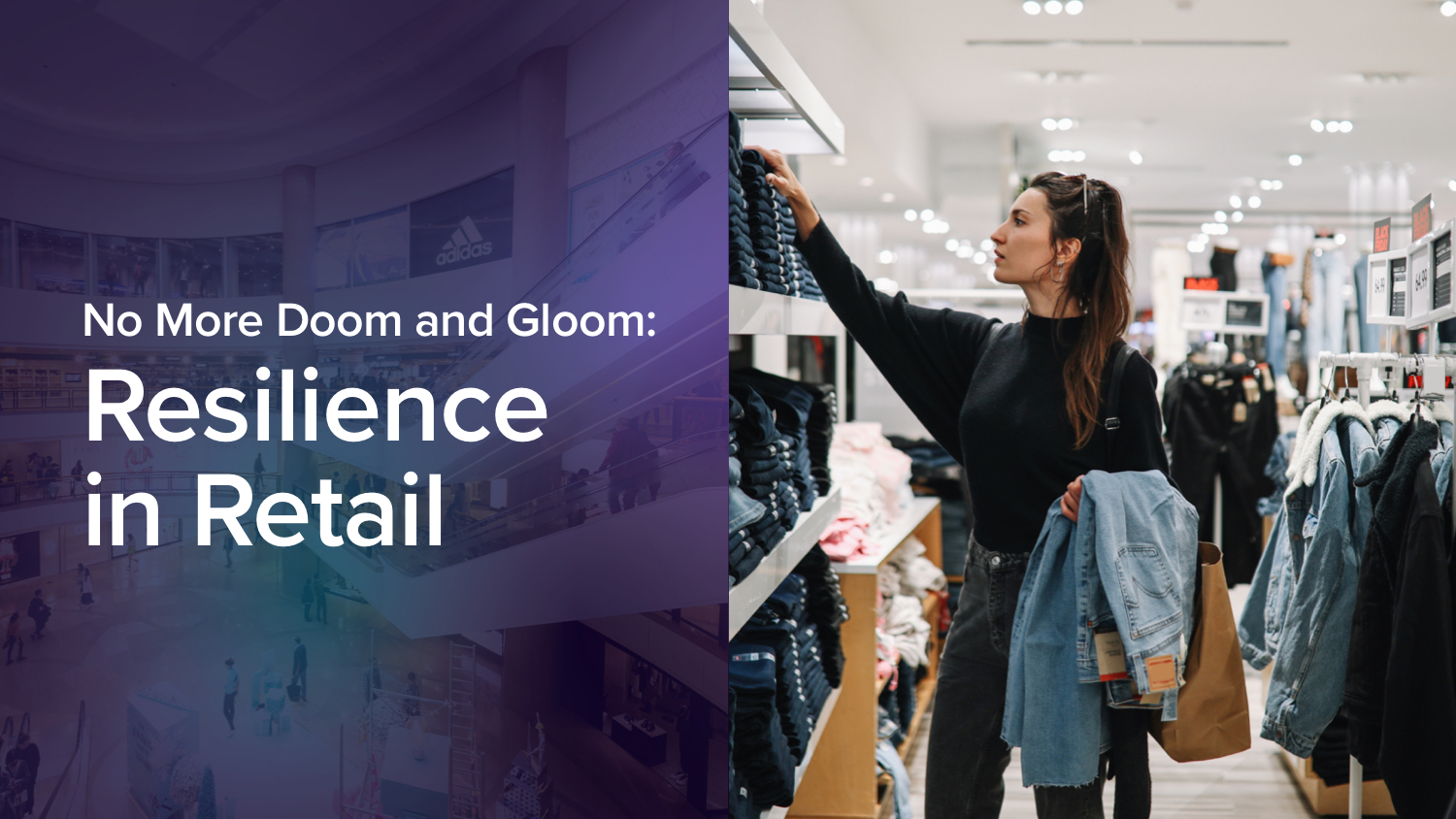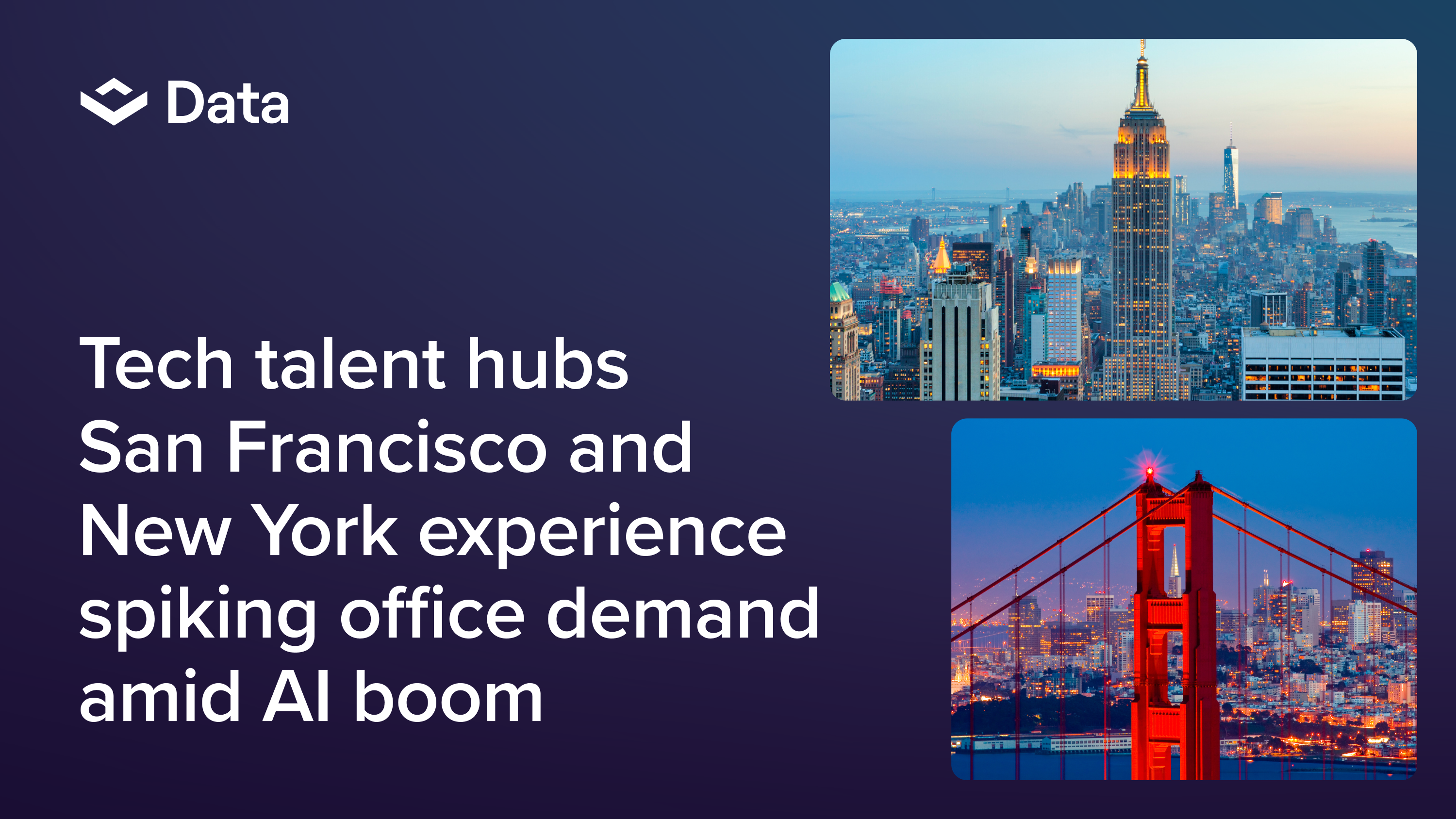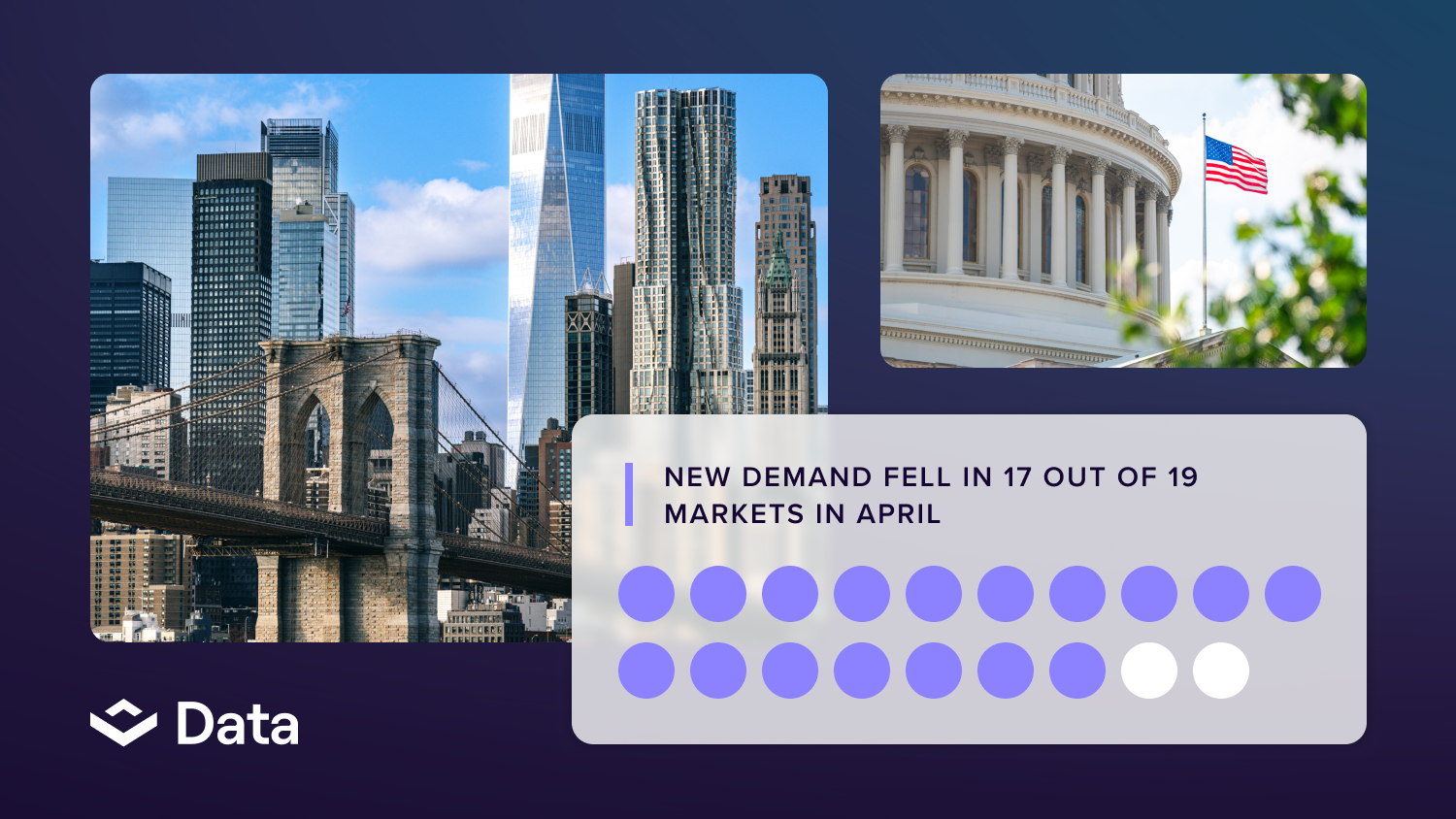Store closures… bankruptcies… record openings. Depending on what you read, the retail sector in commercial real estate is either crumbling or bouncing back with strides.
With so many conflicting reports out there, it can be difficult to cut through the noise and get an accurate read on this volatile market. That’s why we’re here to help you understand the industry at scale. And we’re happy to report that there is opportunity out there, but the need to become more targeted and precise to find it has never been more important.
Read on to explore the current state of the retail sector for commercial real estate, identify opportunities for growth, and learn why technology in this day and age is imperative for success.
A Shifting Face of Retail
The last few years have been anything but ordinary. The pandemic’s lasting impacts have been felt everywhere, but perhaps nowhere more strongly than commercial real estate. The entire market was turned on its head when the pandemic hit in early 2020. Record numbers of employees suddenly stopped working in the office and droves of families, high-tech workers, and college grads moved to the suburbs, creating widespread out-migration impacts in inner cities.
Major American cities saw population declines in the thousands when work-from-home policies were instated. Practically overnight commuters stopped going into the office, gutting many downtowns, most specifically in high office density locations. According to a recent VODI report, office demand is still 48% below the pre-Covid highs of 2018 and 2019, and this has had widespread implications across all industries, notably in the retail sector for commercial real estate.
Because many workers are no longer going into the office, we’ve seen shopping activity shift out of major cities. Across America, foot traffic is down 25% from pre-Covid levels in downtowns. From Bed, Bath, and Beyond to Party City, we’ve all seen the headlines of the many store closures and sizable losses. But there’s another narrative out there as well, and that one is centered around change and the fact that the industry is shifting rather than crumbling.
Embracing Change
In the last couple of years, retailers across the country were forced to reimagine their portfolio strategies and opted out of their urban leases to move their businesses to the suburbs following out-migration patterns. And so far, it's working. Retail giants like Site Centers, Phillips Edison, and Retail Opportunity Investments Corp reported positive leasing and occupancy rates in 2023. And while e-commerce is now essential for many shoppers, 70% of retail purchases are still coming from brick and mortar locations. Despite the bleak odds, the industry is actually thriving.
In the face of high inflation, rising interest rates, and other economic headwinds, shoppers have remained resilient. According to data from the National Retail Federation, 2023 retail sales growth is projected to be between 4 and 6%, an increase from the pre-pandemic rate of 3.6%. Miraculously, in what seemed like the end of retail as we know it, we’ve seen quite the opposite, with opportunities abound for the industry as a whole.
"Retail has been flourishing in the post-pandemic environment as we continue to experience healthy growth in traffic, sales and bottom line NOI across our portfolio relative to 2019. Elevated leasing activity and the return of the consumer to the physical store has resulted in historically low levels of vacancy which is spurring rent growth in the sector. These trends are magnified in the best quality centers, particularly those within suburban markets that have been beneficiaries of a consumer that is spending more dollars closer to home."
- Adria Savarese, Managing Director, Real Estate Americas, JP Morgan Asset Management
While economic growth will vary based on the location, one thing is for sure: things will look very different compared to pre-2020 times. But as we’ve come to learn, that’s not necessarily a bad thing. As consumer preferences change due to the increasing influence of technology, so too should retail. A surge of experiential retail, or the newly dubbed “retailtainment,” has made its way to the mainstream. Engaging audiences with immersive and omnichannel experiences from VR to social media to pop-up shops - consumer expectations are changing and paving the way for the future. And in order to keep up, owners and operators must also digitize to meet the rising demands of tenants.
The Technological Imperative
As we’ve seen, change is hard. But in the case of the shifting retail landscape, there are many positives, you just need to know where and how to find them. As consumer trends shift and new high-performing tenants emerge in the market, retail owners need to be equipped to move quickly to attract the best quality tenants. Gone are the days of owners and operators having no digital presence for their assets, no marketing solution, no way to track engagements and leads. In today’s economy, the need for technology that can track tenant engagement with scale has never been more important.
In the retail sector, it’s not only important to secure creditworthy tenants, but it’s critical to attract the right tenants to your center and your portfolio. Being able to track tenant engagement with your marketing materials can help you prospect with greater precision to qualify the right tenants for your assets. In today’s fast-paced market it’s important to run a seamless pre-lead to tenant move-in process. Close the best deals and free up your team’s time with efficient LOI creation, deal approvals, and tenant coordination projects. And finally, with so much momentum in the market, real-time insights into portfolio performance and your portfolio-wide tenant network can empower your teams to retain and grow your high value tenants. And with VTS, you can do all of this and more.
The retail industry has bounced back and in order to capitalize on the opportunity and continue to draw investor interest, you need your leasing and marketing teams to be in lock step from early tenant interest all the way to tenant move in.
Looking Ahead
While it’s smart to proceed with caution in these uncertain times, it’s also important to be optimistic. Despite the odds, retail is bouncing back quickly and outperforming expectations. Staying ahead of the curve with intelligent, real-time data to track tenant engagement from pre-lease to tenant move in to renewal is no longer an option, it’s a necessity. To find out more about how you can employ these digital strategies within your organization, reach out to our team today.






